Every nation has symbols that tell its story. And few are as meaningful or revealing as national animals. These creatures often reflect a country’s values, history, and identity, helping us to learn more about the people who live in a particular place, and what they stand for.
At Remitly, we know how important it is to understand those ties when you’re living abroad. In this blog, we’ll explore some fascinating national animals from around the world, uncovering the stories behind why they were chosen.
Why do countries have national animals?
National animals are much more than mascots. They’re cultural symbols that help countries express their identity, values, and culture, helping to unify nations.
These creatures are often chosen because they embody traits—like strength, bravery, agility, and grace—that are revered by the nation.
Some have cultural significance that comes from history or mythology. They might be taken from stories and legends that have been passed down from generation to generation, reflecting a country’s heritage.
Many are chosen because they are native to the land and connect the people and the natural environment. Some countries even choose endangered species for their national animal, using the symbol as a way to raise awareness about the need to conserve these creatures.
The bald eagle: The US’s soaring symbol
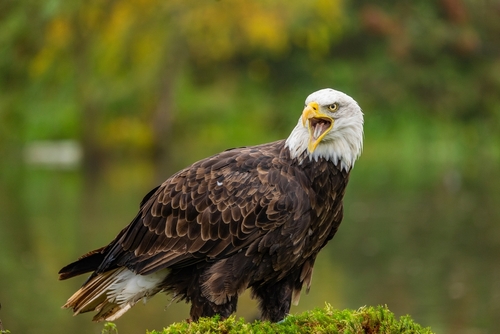
The bald eagle has been the national symbol of the US since 1782, when the Continental Congress chose it for the Great Seal of the United States. The bird, which clutches arrows and an olive branch in its claws, was chosen for its connections to strength, independence, and the country’s natural environment.
The bald eagle reflects the very specific geographic and environmental characteristics of the US. Native only to North America, it thrives near large bodies of water that are home to many fish and aquatic animals.
Unfortunately, by the mid-20th century, habitat loss and the use of the deadly pesticide DDT had caused bald eagle populations to plummet. Conservation laws and recovery programs helped revive numbers, adding resilience to the list of things the bald eagle represents.
The US isn’t the only place where an eagle is the national icon. The bird of prey represents different forms of pride and identity around the world, from the Philippine eagle in the Philippines to Mexico’s golden eagle and the bald eagle in Nigeria.
The lion: England’s regal rune
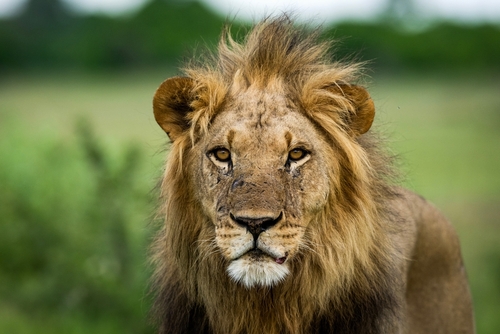
The lion has been England’s emblem for nearly a thousand years. The Normans used it in their coat of arms in the 12th century, believing the motif projected traits like courage and strength onto monarchs like Richard I (who was actually known as Richard the Lion Heart).
This regal animal appears on the Royal Arms along with the coats of arms of the United Kingdom, Great Britain, and England, as well as on coins, in sporting emblems (think the three lions on England’s soccer jerseys), and in architectural reliefs on buildings across the country.
While England and the UK have laid a strong claim to the lion, many other countries also use the king of the jungle as their national animal or heraldic symbol. Here are a few:
- Belgium: The Belgian lion (Leo Belgicus) represents unity and strength.
- Kenya: Central to the country’s identity, the African lion is the national animal of Kenya.
- Singapore: Sometimes known as “Lion City”, Singapore has a stylized lion head as its national symbol.
The dodo: Mauritius’ lost icon
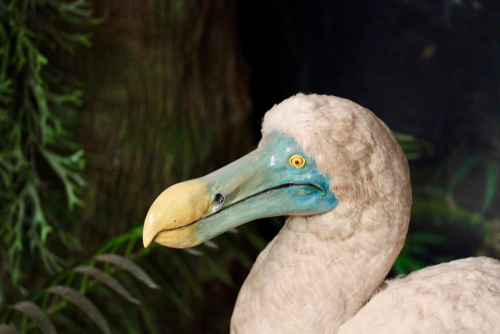
The dodo might be extinct, but its legacy is very much alive in Mauritius. Although it died out in the 17th century, it still appears on the country’s coat of arms, coins, and stamps.
Being endemic to Mauritius, a unique place known as the Star and Key of the Indian Ocean, the dodo evolved in isolation with no natural predators. This meant that the bird didn’t need to fly. Rather, it developed traits that made it really well-suited to living on the ground in Mauritius’s forests and coastal scrublands.
Unfortunately, hunting, habitat destruction, and the introduction of invasive predators to the island nation by humans meant that it quickly went extinct after the island was colonized. Which means you won’t spot it if you immigrate to Mauritius.
However, the country’s adoption of the dodo as its national symbol goes beyond memorializing its loss. The bird has been used to drive conversations about conservation and teach future generations about the value and vulnerability of our natural fauna and flora.
The kangaroo: Australia’s bouncing ambassador
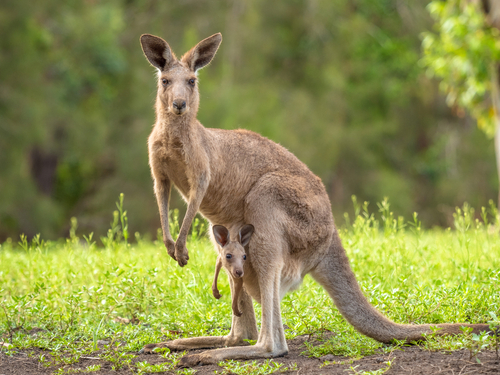
If you travel to Australia, you won’t have to look very far to spot a kangaroo. Images of this unique marsupial are everywhere: from coins and paper money to government logos, business branding, and even the names and emblems of sports teams.
Part of what makes the kangaroo such a great fit as the national animal of Australia is how it thrives in the country despite the challenging landscape and climate.
Kangaroos are built for arid environments. Their strong legs and powerful tails help them hop huge distances without using too much energy, which is pretty important in a place where food and water are often scarce and far apart.
The leap from everyday animal to national emblem happened in the early 20th century. In 1908, Australia was awarded the Commonwealth Coat of Arms, which features a kangaroo and an emu on either side of the cross of St George. Apparently, both the emu and kangaroo were chosen to symbolise a nation moving forwards, because neither animal finds it particularly easy to move backwards.
The Royal Bengal tiger: India’s majestic national animal
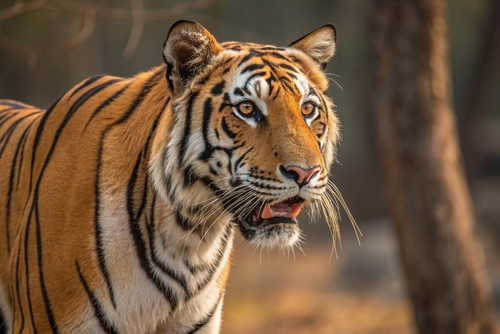
In the early 1970s, when tiger populations in India were under threat due to habitat loss, hunting, and other human-wildlife conflict, the government officially declared the Royal Bengal tiger as the national animal.
The striped feline is adapted to India’s diverse environments. It’s able to thrive everywhere from the dense mangrove forests of Sundarbans to the foothills of the Himalayas and the tropical jungles of the subcontinent.
The Bengal’s bold colour, powerful build, and incredible agility make for an unstoppable combination of grace and strength—qualities that have been culturally significant to the people of India.
Since the launch of Project Tiger in 1973, India has established a variety of reserves and created anti-poaching laws to protect this keystone species. The efforts have worked, with tiger numbers in the country increasing for over a decade.
If you travel to India, you can see the Bengal in the wild as well as on banknotes, stamps, logos, and various bits of paperwork in the country.
Petit fauna: Monaco’s hedgehog, rabbit and wood mouse
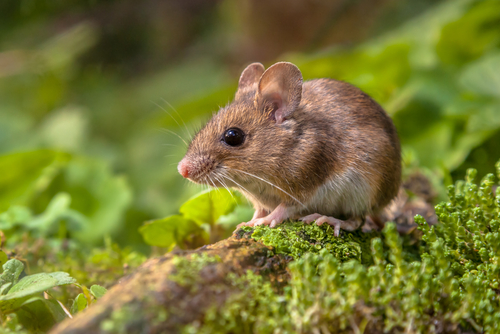
The national animals of the Principality of Monaco might not be as big or impressive as some others, but they tell a mighty story. The hedgehog, rabbit, and wood mouse embody the city state’s natural charm and delicate ecosystems.
Although Monaco is very small and highly urbanized, these little animals thrive. They make their homes in gardens and other green patches, as well as among the native Mediterranean flora, bringing a sense of peace, humility, and gentleness rather than physical dominance.
These modest but majestic creatures do an excellent job at reflecting Monaco’s position in the global landscape much better than grand predators might.
The springbok: South Africa’s leaping symbol of unity
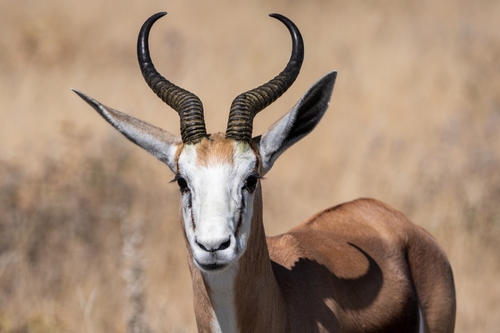
The springbok is an antelope that’s known for its ability to traverse African savannahs with speed and grace. It thrives in South Africa’s grasslands and semi-arid regions, despite the challenging, dry terrain.
You’ll see the springbok everywhere in South Africa. From the green and gold jerseys of the national rugby team to the country’s coat of arms, local currency, and even the world famous gold Kurgerrands.
The image of this antelope is far more than just a decoration, though. It now stands as a symbol of just how far the Rainbow Nation has come since the end of the oppressive apartheid regime.
When racial segregation officially came to an end in 1994 and South Africa hosted its first Rugby World Cup, then-president Nelson Nelson Mandela decided to keep springbok as the nickname and emblem for the national team.
This decision helped to transform what was once seen as a symbol of division into one of reconciliation and national unity. When Mandela wore a Springbok jersey while presenting the trophy that year, it showed how symbols can be reclaimed and bring people together.
The unicorn: Scotland’s mythical champion
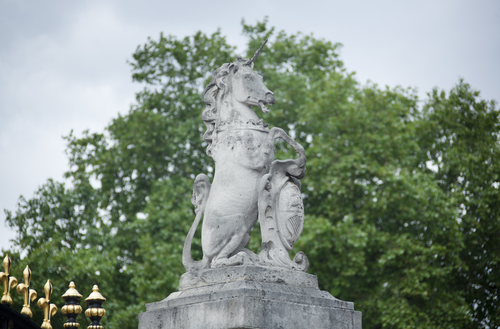
In Celtic mythology, the unicorn symbolises purity, freedom, and untamed strength—qualities that align with the Scottish people’s sense of identity.
The unicorn first entered Scotland’s heraldry in the 12th century and slowly grew in popularity until the 15th century, when James VI of Scotland ascended to the throne. Soon, gold coins were being minted with unicorns on one side, and the mythical creature stood alongside England’s proud lion on the Royal Arms of Scotland.
Its fantastic nature has sparked plenty of debate (and occasionally even snickering from critics). But, rather than creating controversy, most Scots see it as a choice that reflects their country’s independent spirit.
Unlike many other national animals, which nations claim because of their indigenous links to the land, the unicorn was chosen for what it represented: its rare, proud, and unsuppressable nature.
The kiwi: New Zealand’s small but mighty bird
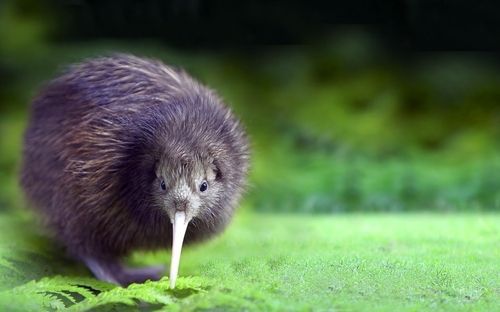
Ask someone what people from New Zealand are called, and you’ll almost always hear the same answer: Kiwis!
The nickname took hold during World War I, when soldiers from the island nation wore badges featuring an insignia of the bird to battle. The title stuck, and it’s still affectionately used to refer to Kiwis at home and abroad.
Native to the island nation, kiwis are small, flightless birds that are perfectly adapted to living on the floors of the country’s forests. These shy, nocturnal creatures have long beaks, tiny wings, and feathers that look more like fur than bird’s plumage.
As deeply embedded as it has become in the national identity, kiwis are under serious threat. Habitat loss and the introduction of predators like stoats, dogs, and ferrets saw kiwi numbers decline drastically.
Fortunately, conservation efforts, including habitat protection, predator control, and breeding programs, have been effective in rehabilitating the species. The kiwi population just on the north island has increased by 7,000 since the early 2000s—adding to the wonder of exploring New Zealand.
Celebrating our shared heritage through national symbols
National animals connect the people of the countries they represent to their roots, telling stories of history, cultural heritage, and natural identity.
They remind us of the values a country holds dear, from strength and resilience to unity and even imagination, as well as how those qualities share the nation’s character.
If you’re curious about the heritage of a country you’re visiting or even immigrating to, understanding the meaning of these symbols can help to enrich your understanding of the traditions that communities value.
FAQs
How do countries choose their national animals?
Countries often pick national animals to reflect their natural diversity and cultural heritage. They are often animals that live in that country, feature in its folklore, or embody traits that its people admire.
Can countries have multiple national animals?
Yes. Many countries have more than one national animal or animal symbol, often in the form of mammals, birds, fish and other aquatic animals. For example, Pakistan, India, Mexico, Finland, and South Africa all have multiple national animals.
Do national animals always live in that country?
Not always. Some national animals are mythical, so they only live in the imaginations of inhabitants. Others might be extinct. It’s also possible that the animal never lived in the country it represents. This usually happens where the creature is chosen for its symbolic value.